This video will blow your mind about many of the everyday objects you take for granted. I was surprised at some of the dark histories these things have. We’re bringing you some pretty warped origin stories here. Objects that are in your homes, in your gardens, your sheds, your cupboards, under your sinks… everywhere. You won’t believe the scale of it all.
This is 25 dark secrets of everyday objects revealed.

Scented products

Everyone wants to smell nice, but at what cost? Could there be a nasty surprise lurking with even the most fragrant of products? I’m sorry to tell you there is. The dark secret behind some of those sweet-smelling objects will get under your skin. Well, on it anyway. And there’s a kicker coming at the end that you certainly won’t expect. First, let’s talk about the big issue here – the chemicals in things like air fresheners and scented candles.
Once those chemical smells are floating around you, they react with the air and create formaldehyde. Does that word ring a bell? They use formaldehyde in funeral homes to keep those dead bodies looking their best. It’s not something you want in your lungs in large quantities. Formaldehyde plays havoc with your airways and can burn you internally. Some also believe it leads to cancer. For extra fun, it can really irritate you, whether the amount is big or small. Now, what about that kicker we mentioned?
Here it comes… saving energy. When you install things like energy-efficient windows to keep heat in, you’re also sealing yourself inside with potentially harmful chemicals! As reported back in 2016, the factor of “indoor pollution” could play a key role in these problems. Could someone open a window please? Feeling a little nauseous here…
Cosmetics

When we’re not trying to make the air around us smell good, we’re putting cosmetics on our faces and bodies so we look nice, and give off a pleasant odor. But what’s the dark secret behind cosmetic brands? A report from 2015 details how they leave a lasting impression. And that’s an understatement. Can you believe molecules from cosmetics stay on your skin for three days or more after you’ve applied them? If that maybe doesn’t sound so bad, then listen to this. Scientific studies revealed a possible connection between cosmetic chemicals and bacteria. Do the things that keep you smelling nice and looking fabulous actually boost the nasty stuff on our epidermis? That’s not all. For added ick, an enormous 60% of skincare products not only enter your bloodstream, but can do so in under 30 seconds!
We need to get away from this biological warfare and focus on something happier, more innocent. What could be more innocent than toys? Fueling the imaginations of children, there surely isn’t anything sinister here. Right…?
Barbie

Barbie has never been more popular. The movie with Margot Robbie has made over a billion dollars at the box office. Yet is this squeaky clean doll as wholesome as she sounds? Not if you look at who, or rather what inspired her. I am of course talking about Lilli the call girl! This popular German character wasn’t originally a dolly but a racy tabloid cartoon character created in the 1950s by one Reinhard Beuthein. Lilli’s job was that of a secretary, though she also had a reputation for, um, “enjoying” the company of men.
When a plastic version of Lilli was produced, it wasn’t intended as a children’s toy. What took this X-rated character into the big leagues was when Mattel co-founder Ruth Handler spotted the shapely doll whilst on vacation in the Swiss city of Lucerne. Lilli then went from man eater to shelf filler and an American icon. The Lilli doll itself stopped production in 1964. Her legacy lives on in the movie, where the big screen Barbie wears the same outfit as her German predecessor.
Lawn darts

You may be old enough to remember lawn darts, or “jarts”. They had metal points, and were thrown in gardens all across America. Kids having fun. Metal spikes with weights on them. You can probably see where this is going, and it’s pretty dark. Introduced to the public in the 1950s, lawn darts seemed especially popular in the 1980s.
However, the roots of the game, where you try to pitch a dart to land in the middle of a circle, stretch back to 500 BCE, the time of Ancient Greeks and Romans. They weren’t playing a game but wielding an ancient weapon known as a plumbata. With connections to extreme violence, you can see how things unfolded in the twentieth century. In 1987, seven year old Michelle Snow was accidentally struck in the head by a lawn dart. She passed away, and the heartbreaking tragedy led her father David to campaign against the sale of lawn darts. He was successful, getting the product banned in the USA and Canada.
If you’re not safe out in your garden or yard, you’re surely in trouble everywhere. Let’s go back inside to focus on the inner reaches of your home. I’m talking about drawers, cupboards and wardrobes. What dangerous history lurks inside these places…?
Listerine
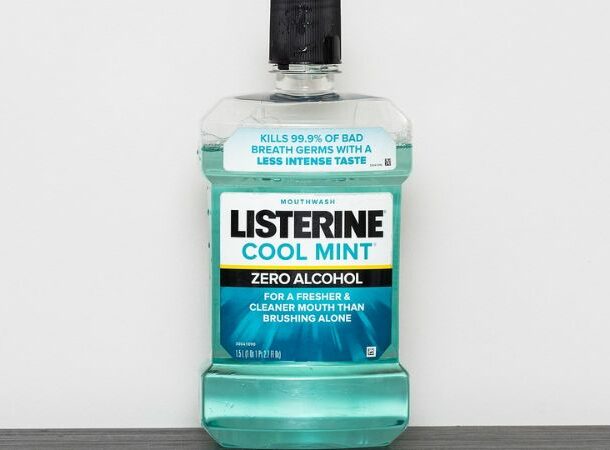
As we all know, Listerine goes in your mouth and then you swirl it around before spitting it out. Minty fresh breath, job done. However, is that all you can do with Listerine? It’s been around since the late nineteenth century and was named after pioneering surgeon Sir Joseph Lister. We have him to thank for the antiseptic, which he used to great effect on the operating table.
Believe it or not, there was a time when people were being operated on with little regard for germs and infection! Lister’s work led to the production of Listerine. Back in the day, this stuff wasn’t just used for halitosis. You could clean your floors with it. You could even use it for dandruff, and allegedly it tackled diseases such as gonorrhea. I guess instead of swilling it around in your mouth, you took your… on second thoughts, I don’t want to think about that!
Lysol

Lysol is a product millions of consumers turn to for their disinfecting needs. Yet, like Listerine, it was considered suitable for some crazy purposes. I’m just gonna say one word: douche. If you don’t know what it means, well, best you look it up after you’ve watched this video. The family-friendly version is that you have a really good wash before engaging in certain… activities.
And Lysol was deemed to be an essential part of that process. This advice led to a lawsuit in the 1930s filed by a female customer. Applying Lysol to your delicate areas was not the way to promote good sexual health. This was due to an old ingredient in the product, no longer used, called cresol. Cresol compounds are known for their powerful properties, such as dissolving other chemicals. Ouch!
Hugo Boss

You’ll be familiar with Hugo Boss through the company’s glossy ads and links to celebrities. You may even have Hugo Boss items in your wardrobe. In which case, check you out you fashionista! Go back nearly a century, however, and you’ll see some designs that weren’t so desirable. Unless you were a Nazi! The company enthusiastically produced uniforms for Hitler’s loyal soldiers.
In fact, the history of the firm is tied up with the rise of Nazism. Brown shirts rolled off the production line and were joined by outfits bearing the notorious swastika. Workers were badly treated, as demand for the Fuhrer’s war machine ate up the country’s resources. While Hugo Boss attempted to distance himself from the Nazis, it was established that he backed the monstrous regime, which fell in 1945.
Oneida Ltd
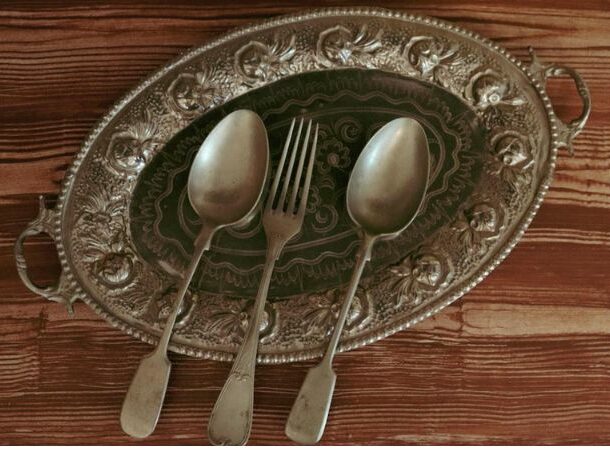
You may not know the name Oneida Ltd but you’re no doubt familiar with what it makes, silverware. That said, the history of the company isn’t so bright and shiny. It started out as a religious sect that got up to all kinds of eye opening stuff. Founded by John Humphrey Noyes, a preacher no less, Perfectionism was a new spin on being Protestant.
The community he went on to nurture, and its followers, encouraged practices such as sleeping with each other’s wives to further their ideals and prepare for the second coming of Jesus Christ. Yeah, good luck with that guys! This faith-based endeavor later turned into a spoon manufacturing firm in 1879. Funny how things work out isn’t it?
PJs

Feeling cozy in your PJs? The humble pair of pajamas is connected with the bombings of World War One.
How is that even possible? Well, if a zeppelin appeared overhead and rained hell down on your neighborhood, you’d need to evacuate your property. Folks wanted to avoid embarrassment over their appearance, even in this situation. PJs were born from a desire to look your best. Ironic because I look like a total wreck in my PJs.
It’s mind-blowing how the most ordinary everyday objects can have a super dark history. Really gives you food for thought. Speaking of which, there’s a few stories I could tell about food and drink also…
Graham crackers

This snack has a surprising edge that may leave an unpleasant taste in your mouth. The Graham cracker takes its name from Sylvester Graham, an American minister and puritan. He figured people were too preoccupied with sexual matters and so produced a crunchy alternative. His cracker was intended to distract sinners from the pleasures of the flesh.
I don’t think it worked.
Lemons

When a worldwide influenza pandemic hit America in 1918, there was one cure many frightened people relied upon. Lemons. Enterprising and shameless businesspeople promoted the idea that sucking a lemon could help you beat the disease.
Eventually, the influenza killed approximately fifty million, an extraordinary figure which exceeded the then-recent losses of World War One. Did lemons help keep those numbers down? Absolutely not.
Ramen

In the fallout from World War II, Japan saw a rise in a particular kind of street food – ramen. This noodle broth was originally brought in by nineteenth-century immigrants arriving from China. But there was a huge surge in interest from 1945. How come? The answer is because a starving public needed it.
With America occupying Japan, and the country devastated by Allied Forces, food supplies were running dangerously low. The people faced a dark future, one that became even darker once gangsters got involved. American imports of wheat were seized by the Yakuza, who used it to make ramen which was then sold on the black market. This questionable business is thought to have made ramen into a popular Japanese dish.
Potatoes

Potatoes can do your system a lot of damage. They can even kill if you eat enough of them. Not normal-looking potatoes of course. I’m talking about those green ones that have clearly gone bad.
Only it wasn’t so clear back in history when people would consume them without realizing the dangers. Containing the toxin solanine, they’ve been known to cause mass casualties, including the lives of several hundred Koreans during a famine in the 1950s.
Cheese
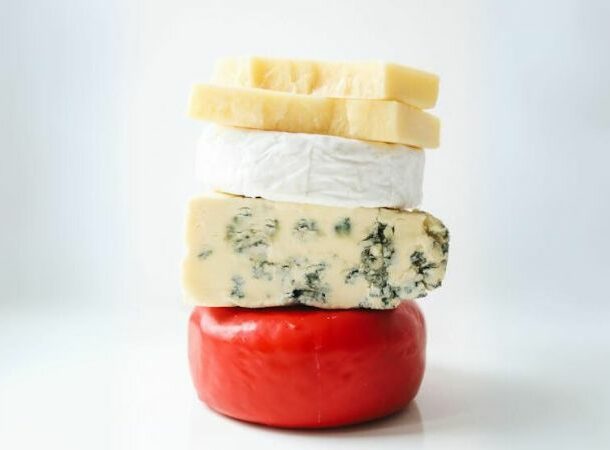
Cheese can be pretty evil, and I’m not talking about the smell. It’s been noted that this protein-rich product has a long association with magic and witchcraft. Hundreds of years ago, witches were accused of placing curses on dairy products. They, plus other suspicious females, apparently used cheese to enchant and ensnare unwary victims.
This worked both ways, with cheese’s potential for wrongdoing available to both men and women. It wasn’t all bad though. Cheese could also be fed to people in order to work out if they were a criminal or not. In an unusual move, it was also good for curing impotence, something else that was put down to a witch’s curse. Looks like cheese could be both a friend and a foe of your local neighborhood spell caster.
Milk
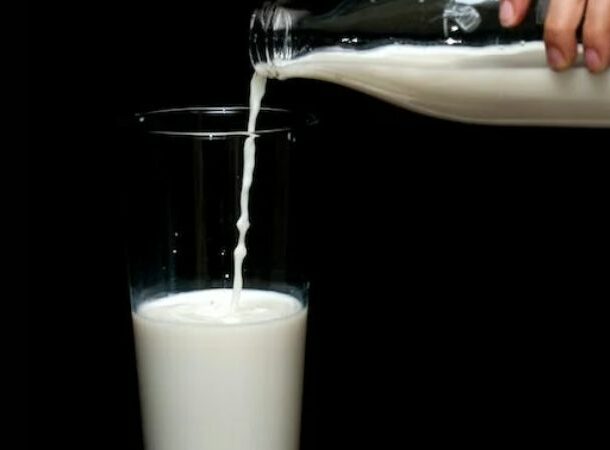
If your bottle of milk goes bad, sure you can blame a witch. Or, you could look at a more realistic culprit. By which I mean regular human beings. Nearly two hundred years ago, milk that was unfit for human consumption was distributed to unfortunate households in America, with horrific consequences. This was no ordinary milk, but a polluted so-called beverage known as swill milk. The poor animals involved in this process reportedly didn’t last long. Because they ate by products from the alcohol industry, the milk turned blue, and was further tainted with substances like chalk so it appeared white. And things became even more nightmarish.
The actions of these producers led to the deaths of thousands of children, fooled into drinking something billed as natural and healthy. Thankfully the business made from this shameful conduct was brought to a halt. That said, the distilleries had help from corrupt politicians up to their udders in the whole sorry situation.
We’re going to move on now to the stuff you find in your toolkit or garage. These objects are handy, yes, but they also have a dark backstory that will surprise you…
Chainsaw
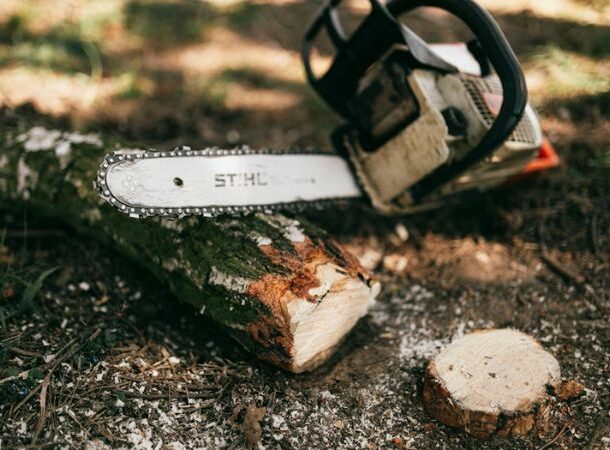
Full disclosure, I don’t have a chainsaw lying around. I’m sure a lot of you do, though I hope it’s safely locked away in your garage. If it isn’t you’ll definitely want to lock it away after you hear this story. What would you say a chainsaw is used for? That’s an easy one, right? Cutting down trees, severing branches… in fact, it’s been used for other things.
Those of a particularly squeamish disposition might want to put their fingers in their ears. You see, the chainsaw we know today actually comes from the medical profession. Ladies who were expecting might find themselves on the receiving end of a hacking blade! Yes indeed, this was once a part of gynecology. Hailing from Scotland, the Aitkens flexible chainsaw was invented by doctors John Aitken and James Jeffray in the 1780s. Operated by hand, it was used when surgeons needed to remove some bone. I won’t go into any more detail, even the thought of it makes me wince. The saw developed from there to run on fuel in 1927, though you’ll be relieved to hear this version was designed for lumberjacks and not doctors.
Super glue
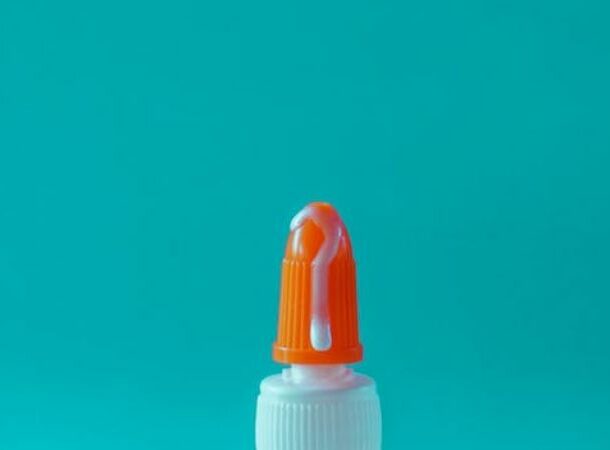
This is one of the most convenient objects out there. A tube of super glue can stick anything, so much so that you need to watch it on your fingers when giving it a squeeze. If it’s convenient in the toolbox then it’s convenient on the battlefield.
The beginnings of superglue lay in conflict. The substance was chanced upon during World War II, when people were trying to make gunsights, not glue. From there, it was rediscovered by the same individual, Dr Harry Wesley Coover, whilst working on jet production. It was eventually released to the public as an adhesive by Eastman Kodak. By the 1970s, it and other versions became known as superglue. The tube was then brought out during the Vietnam War to seal soldier’s wounds. Blood, gore, and glue!
Fertilizer

To the garden shed now and a familiar sight, that trusty bag of fertilizer. We take it for granted, but before fertilizer came along we had a big problem maintaining plant growth. No plants, no food! The stuff works by giving them a much needed dose of an essential chemical – nitrogen.
When plants are harvested, the chemicals go with them. Farmers addressed this issue to a certain extent with manure and compost, but this didn’t give Mother Nature her full hit of nitrogen. Enter fertilizer. Developed by chemists Fritz Haber and Carl Bosch, the Haber-Bosch process pushed plant life like never before. Utilizing extreme heat and pressure, it took nitrogen from the air and channeled it into a mass market product.
So far, so ingenious, if environmentally unfriendly in the case of synthetic fertilizer. However, there’s a dark twist. Fritz Haber contributed significantly to the German military during World War One. He earned the grim nickname of “the father of chemical warfare”, He suggested the use of chlorine gas as a weapon, making him a controversial choice when it came to saving the world through fertilizer.
Now we’re into the worst of the worst when it comes to the dark secrets of everyday objects. From objects that bring joy and laughter, to completely random and weird connections, these items will throw more than a few curveballs your way…
Barber pole
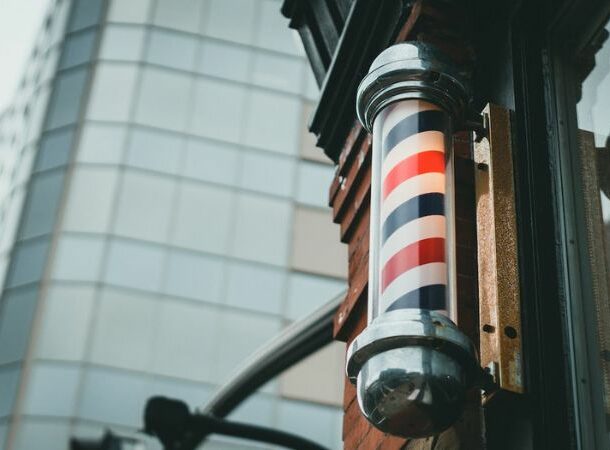
When you see a barber pole, you may think of a candy cane. There’s something sweet about those rotating red and white stripes. The truth however is less palatable. Travel back to the Middle Ages and you wouldn’t see a pole. You would see bandages covered in blood! Historical hair handlers used their sharp blades for surgeries.
I guess you could pop in for a trim and an ingrown toenail removal! The red and white bandages created a spiral effect in the breeze, and this inspired the design of the very first barbers’ poles. Sweeney Todd wasn’t as far-fetched as it seemed!
Parachutes

I can’t recall the last time I kept a parachute lying around as an everyday object. Yet this story was so interesting and dark I simply had to include it. Plus, if you’re a pilot or whatever then you’re bound to have one in a cupboard somewhere. It’s a life saving measure that has its roots in a tale of ancient intrigue.
China is the location for a death defying situation involving the Emperor Shun, who lived in the 23rd century BCE. According to legend, the Emperor’s own father hatched a brutal plan to bump off his own son. The idea was reportedly to burn him to death on a roof, but Emperor Shun escaped this fate by jumping from a great height and holding up a pair of bamboo hats that built up air resistance and cushioned his fall.
The popular story is that Leonardo Da Vinci invented the parachute, yet evidence of parachute-like activity exists from far earlier in history. That said, the modern parachute as we know it today appears to come from the Renaissance period when Da Vinci was around.
Kites

Here’s something that’s going to bring you back down to earth with a bump. A kite may seem like a lightweight toy that floats around in the air without causing any harm. In actual fact, it can be pretty lethal! Over in Pakistan in 2004, a kite festival became the scene of a horror movie when no less than nine people lost their lives.
How is this possible? Because the string on these particular kites is serrated. It’s all part of the world of competitive kite flying, where these objects can be weaponized to cause damage to rivals. Tragically this led to fatalities, including the shocking case of a young girl whose throat was slit by a stray piece of string. Other deaths resulted from careless kite flyers getting struck by cars. The metallic string also touched power lines, causing more death and destruction.
Treadmill

Treadmills are pretty boring pieces of equipment. After all, when something is soul-destroying it’s compared to being on a treadmill. Once you hear about the history of treadmills, however, you’ll change your opinion.
It started out as a bizarre walking platform for prisoners in the nineteenth century. This thing wouldn’t look out of place in Squid Game quite frankly. Inmates would behave like hamsters, walking on the spokes of a huge wheel. The aim was to generate power for the local mill, and the wheel was also used for pumping water and crushing grain. You were expected to work a whole shift turning the wheel, covering thousands of feet per day. Back breaking, knee cracking labor. Certainly puts complaining about going to the gym into perspective.
The CPR doll
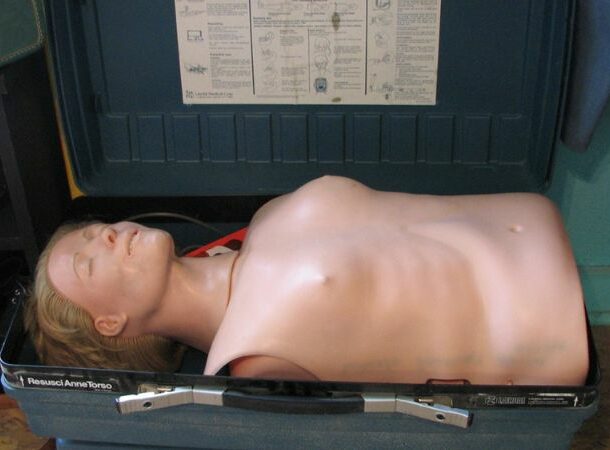
CPR stands for Cardiopulmonary Resuscitation, which is used to jumpstart your heart when for whatever reason it stops ticking. The doll people have practiced on for this classic life-saving procedure seems weirdly life-like doesn’t it? That’s because it’s based on a real person. And a tragic figure to boot.
While the doll was named Resusci Annie, its actual face belongs to The Unknown Woman of the Seine, who died in nineteenth-century France. This poor individual drowned in the iconic river as a teenager. No one knew her true identity but her features were forever preserved in a death mask. This was then plastered onto a CPR doll. Not a very flattering move!
Bananas
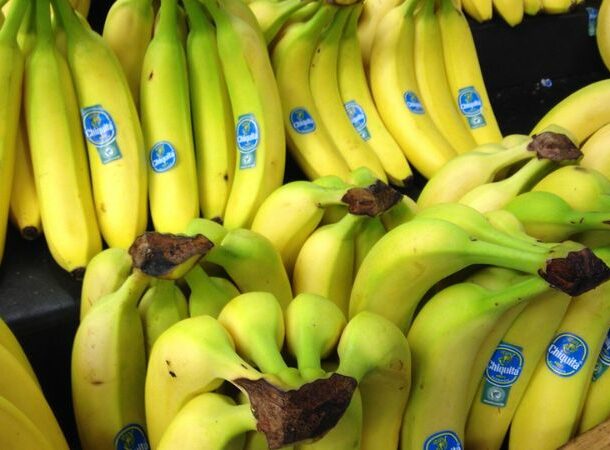
Bananas do more than just make people slip over.
The popular Chiquita brand was taken to court in 2007 over its dealings with terrorist organizations while working in Colombia during the late twentieth and early twenty-first centuries. According to reports, a company connected to Chiquita hired the terrorists for protection purposes, leading to 173 people allegedly being murdered over a period of almost thirty years.
Magnetic tape
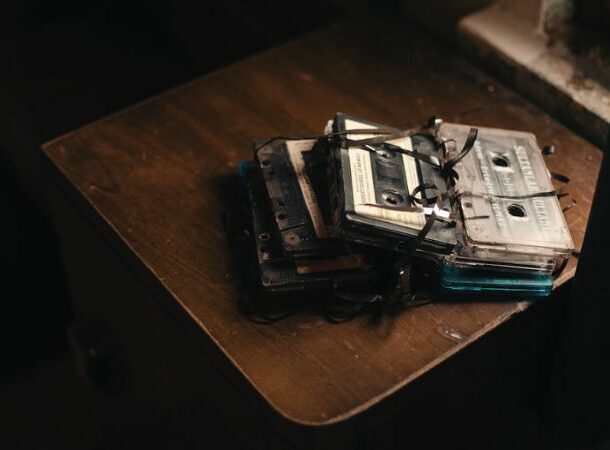
Magnetic tape changed the face of audio recording, though you might feel uneasy about who developed it… the Nazis. With engineer Fritz Pfleumer inventing the tape, the famous reel-to-reel system followed in the 1930s. This recorder, dubbed the Magnetophon, was used to great effect by Hitler, and the recordings attracted the attention of his enemies.
Jack Mullin, who was part of the US Army Signal Corps, picked up these devices in post-war Germany. The Fuhrer’s top-secret tech then became the property of the world. It’s unsettling though, to think that our enjoyment of music, radio, and the like was as a result of work by the German Reich.
So, Are those secrets dark enough for you, or do you feel we could have gone darker? Let us know in the comments below.



























